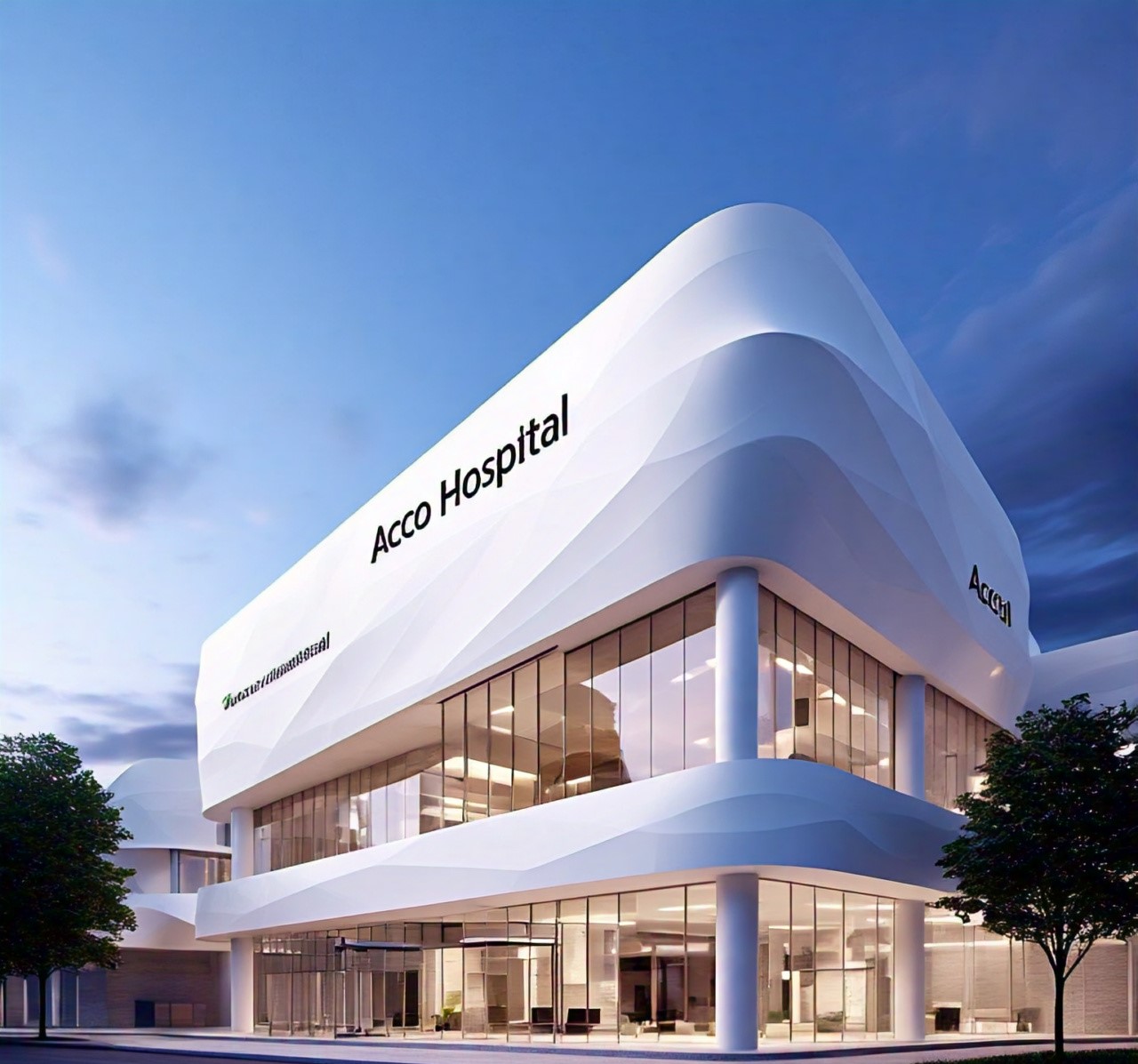
HOSPITAL DESIGN HUB Top 10 Hospital Design Solutions for Saudi Arabia’s Healthcare Facilities
Top 10 Hospital Design Solutions for Saudi Arabia’s Healthcare Facilities
Designing hospitals in Saudi Arabia involves addressing unique environmental, cultural, and technological requirements. Here are the top 10 design solutions for creating effective and state-of-the-art healthcare facilities in the kingdom:
1. Smart Building Technologies
Solution: Incorporate advanced smart building technologies to enhance operational efficiency and patient care.
- Automated Systems: Implement smart systems for lighting, heating, cooling, and security to optimize energy use and reduce operational costs.
- IoT Integration: Utilize Internet of Things (IoT) devices for real-time monitoring of equipment, patient health, and environmental conditions.
2. Sustainable Design Practices
Solution: Adopt green building practices to promote environmental sustainability and reduce operational costs.
- Energy-Efficient Systems: Use high-performance HVAC systems, LED lighting, and advanced insulation to minimize energy consumption.
- Renewable Energy: Integrate solar panels and other renewable energy sources to reduce reliance on non-renewable energy.
3. Modular and Flexible Layouts
Solution: Design hospitals with modular and flexible layouts to accommodate future growth and changing healthcare needs.
- Prefabricated Modules: Employ prefabricated units for patient rooms, administrative areas, and support functions to expedite construction and allow for future expansion.
- Adaptable Spaces: Create multipurpose spaces that can be easily reconfigured for different uses, such as converting administrative areas into patient care units.
4. Cultural and Religious Considerations
Solution: Incorporate cultural and religious elements to align with Saudi Arabia’s traditions and values.
- Islamic Architectural Elements: Include traditional Islamic design features such as arches, geometric patterns, and courtyards to create a culturally resonant environment.
- Gender-Segregated Areas: Design separate facilities for men and women, including waiting areas, examination rooms, and prayer rooms.
5. Enhanced Patient Privacy and Comfort
Solution: Focus on patient-centered design to improve privacy, comfort, and overall patient experience.
- Private Patient Rooms: Provide private rooms with adjustable lighting, personal climate control, and comfortable furnishings to enhance patient comfort and privacy.
- Healing Environments: Incorporate natural light, green spaces, and calming colors to support mental and physical well-being.
6. Efficient Workflow and Layout
Solution: Design layouts that streamline workflow and improve operational efficiency.
- Optimized Layouts: Design efficient layouts that minimize the distance between critical areas such as emergency departments, operating rooms, and patient wards.
- Centralized Services: Create centralized nurse stations and service hubs to improve coordination and reduce response times.
7. Advanced Diagnostic and Treatment Facilities
Solution: Equip hospitals with state-of-the-art diagnostic and treatment technologies.
- Modern Imaging Equipment: Incorporate advanced imaging technologies such as MRI, CT scanners, and ultrasound for accurate diagnostics.
- Telemedicine Integration: Include facilities for telemedicine to enable remote consultations and virtual care.
8. Water and Energy Conservation
Solution: Implement systems for water and energy conservation to reduce environmental impact and operational costs.
- Low-Flow Fixtures: Install low-flow faucets, toilets, and showerheads to minimize water usage.
- Energy Management Systems: Use smart meters and energy management systems to monitor and optimize energy consumption.
9. Community and Public Engagement
Solution: Design hospitals to integrate with and serve the local community.
- Community Spaces: Include spaces for community health programs, educational workshops, and preventive care services.
- Public Amenities: Feature public areas such as cafes, retail spaces, and visitor lounges to enhance accessibility and community interaction.
10. Resilience and Disaster Preparedness
Solution: Incorporate features to ensure hospital resilience and preparedness for emergencies and natural disasters.
- Seismic Design: Implement seismic-resistant features to ensure structural integrity in earthquake-prone areas.
- Emergency Systems: Equip hospitals with backup power systems, emergency water supplies, and comprehensive disaster response plans.
Conclusion
Implementing these top 10 hospital design solutions can help create modern, efficient, and culturally appropriate healthcare facilities in Saudi Arabia. By focusing on smart technologies, sustainability, cultural considerations, and patient-centered design, hospitals can enhance their operational efficiency, improve patient care, and better serve the community.
4o mini




